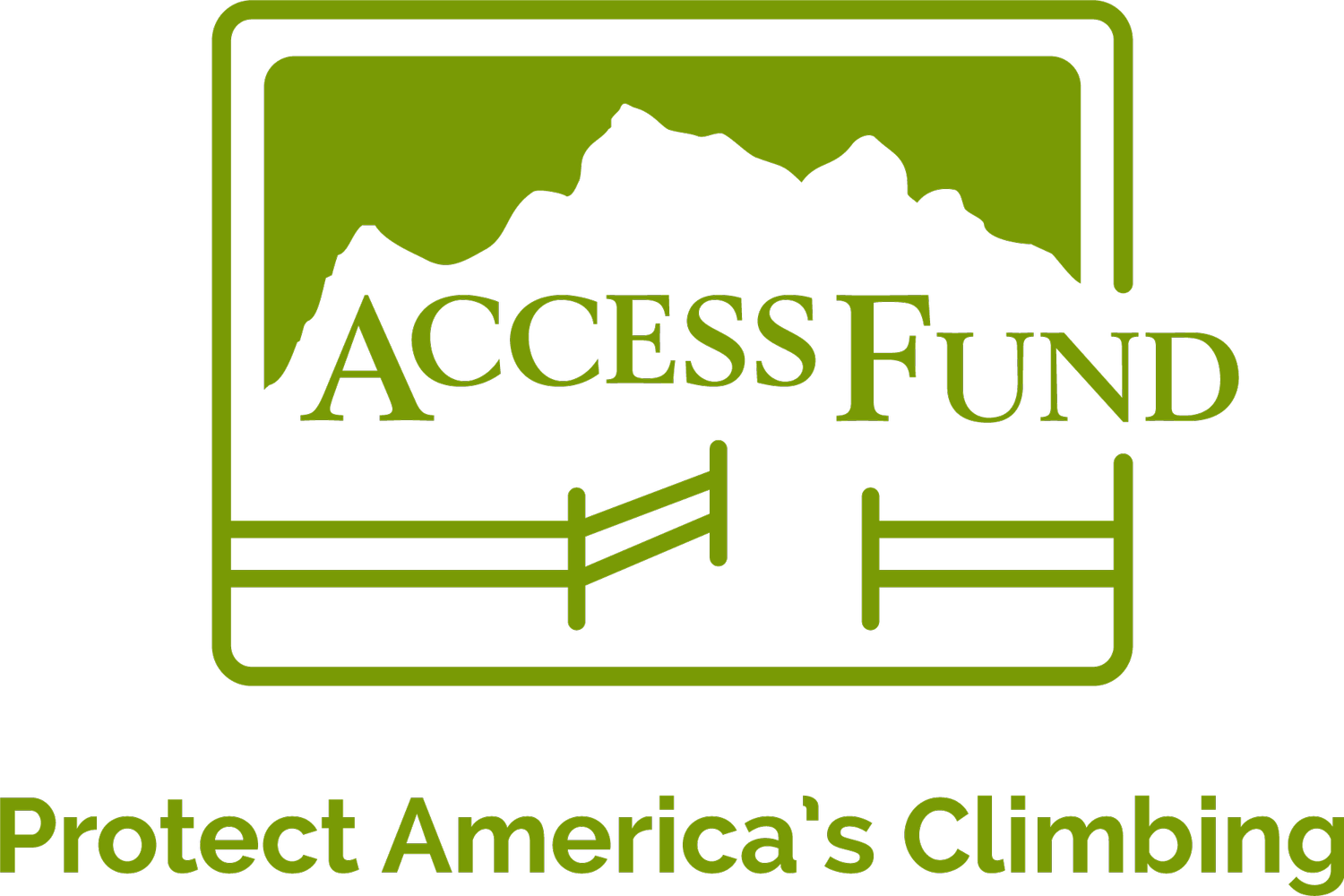Wildfires are no longer a distant threat, they are a growing reality for climbing areas across the United States. From the devastation we saw in the Sierras in 2021 to more recent fires in the Southeast, this year fires at Woodcock Cove, Table Rock State Park, and Green River Game Lands have left a significant mark on the climbing community and beyond.
We reached out to our two Local Climbing Organization partners (LCOs) in the Southeast, Carolina Climbers Coalition (CCC) and Southeastern Climbers Coalition (SCC), to learn more about how recent wildfires have impacted climbing, as well as the ongoing efforts to restore the area, and how we can help.
Setting the Stage: A New Reality
Wildfires have always been part of the landscape, but in recent decades we have seen fires become larger, more intense, and frequent. In California, for example, eight of the ten largest recorded wildfires have occurred since 2017, with millions of acres burned each year. In the Southeast, Table Rock State Park recently experienced the largest fire in South Carolina’s recorded history, and multiple climbing areas have suffered severe damage.
Following the 2021 Caldor Fire in California, we published a piece on how increasingly severe wildfires are threatening climbing areas and communities across the west: Feeling the Burn: Worsening Wildfires Are Impacting Climbing. Research led by Anthony Westerling at UC Merced shows that the area burned by wildfires in the West increased by more than 1,200% between the 1970s and the 2000s, with climate change identified as the primary driver. Hotter, drier conditions and earlier snowmelt create ideal conditions (fuel) for wildfires and as a result, we can expect to see fires become more frequent and extreme.
The Aftermath: Still Assessing the Damage
Green River Gamelands, North Carolina © Dain Canter.
We reached out to Mike Reardon of the Carolina Climbers Coalition (CCC) and Kate Hanes of the Southeastern Climbers Coalition (SCC) to see how they are doing and talk about the impact of recent fires in their area.
Mike Reardon, Executive Director of CCC, described the situation at Table Rock and Green River Game Lands as unprecedented. The Table Rock Fire burned 13,845 acres within and around Table Rock State Park. The Green River Game Lands fire burned more than 5,200 acres (including the Black Cove and Deep Woods fires). Both fires impacted large swaths of land in North and South Carolina.
“Gamelands (Pace) and Table Rock State Park have been closed since Hurricane Helene in September, and both were heavily impacted by the fires. Over 50 foot flames were reported in both areas,” he shared. “Green River Gamelands has five climbing areas, and Table Rock has two major areas,” Mike explained.
The scale of the devastation is still being assessed, but there are concerns over dead and fallen trees, scorched vegetation, erosion, and the threat of invasive species moving in post-fire.
Table Rock, South Carolina © Mike Reardon
A Broader Perspective: Woodcock and Beyond
Kate Hanes, Interim Executive Director at SCC, shared more about the Woodcock Fire in Tennessee which burned through more than 500 acres, including a climbing area owned and managed by SCC, Woodcock Cove.
A recent blog post by SCC, Embracing Fire’s Duality: A Look at the Effects of Fire by Kara Matassino, shares that thankfully the fire appears to not have damaged any climbing resources, though it does serve as a stark reminder of the complex role fires play in the Southeastern ecosystem.
“We've had fires at several climbing areas over the years—I can think of Deep Creek and TWall, in addition to Woodcock. We've seen clifftop trees that served as anchors be burned out and some minor erosion, but mostly we have been spared,” Kate noted. “SCC is actively monitoring Woodcock for erosion though, and will restore the trails as needed. Keep an eye out for trail days at Woodcock soon.”
Restoration and Community Response
Restoration efforts are just beginning. “At Table Rock, we had 30+ workdays following Helene. Now it’s all burnt. It’s been so heavily hit, a 1-2 punch.”
Mike urges the climbing community to volunteer and donate! “We will have several work days coming up—so please come out and volunteer.” He emphasized that Table Rock has been at the center of multiple disasters in recent years—Covid, Hurricane Helene, and now wildfires—making community support more important than ever.
In addition, SCC is advocating for a balanced approach to wildfire management and supports responsible prescribed burns to maintain healthy, resilient forests and climbing areas.
“After the Woodcock fire, Kate recalls how open and clear the forest floor historically appeared, a state the fire has now brought back. This returned openness reflects the natural role that fire once played in maintaining healthy forest ecosystems. We’re supporting policies that use responsible burning as a land preservation practice,” shared Kate.
How Climbers Can Help
Stay Informed: Check land manager and LCO websites for the latest closures, alerts, and restoration updates.
Volunteer: Join upcoming workdays to help restore trails and climbing areas.
Donate: Support LCOs financially to aid in recovery and stewardship efforts.
Practice Fire Awareness: Learn about fire risks and responsible behavior in the outdoors.
For more information and ways to get involved, follow updates from the Carolina Climbers Coalition and Southeastern Climbers Coalition.



